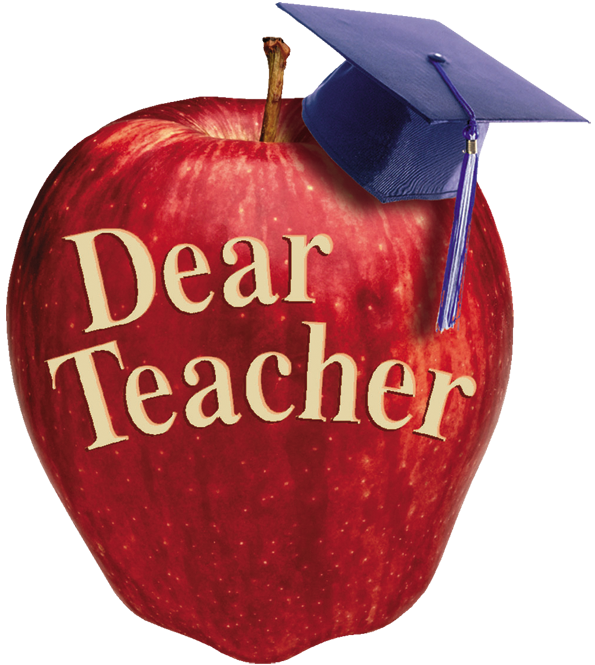SQ4R – A Study and Reading Strategy
SQ4R is an effective strategy to help all students get the information that they need from textbooks. It works for average, learning disabled, and gifted students whether they are in elementary school or college. There are variations to this strategy, including SQ3R, SRR, and PQ4R, that involve more or fewer steps.
Many teachers use the SQ4R strategy in their classrooms. You can teach it to your own children. The letters in SQ4R stand for the different steps that students should take in studying a textbook. You will have to show your children how to follow each step. Stay beside them until they have used SQ4R enough times to become adept at using it. There is a worksheet below that can be used to remind them what to do at each step. SQ4R is somewhat hard to do at first, but good results should come quickly. Have your children stick with it.
"S" stands for survey. It involves skimming and scanning a chapter or assignment to get an idea of what the material is all about and how it is organized. Students do this by reading all the headings and subheadings in the assignment as well as the summary, if there is one. They also look at all pictures, charts, tables, maps, and graphs and read their captions.
"Q" stands for question. It involves writing a question (who, what, when, where, why how) for each heading and subheading in an assignment. If a heading is "The Causes of the Revolutionary War," the question could be: "What were the causes of the Revolutionary War?" The questions make students think about what they are going to learn. It gives purpose to their reading.
"R" stands for read. Students read the paragraph or paragraphs under a particular heading or subheading to get an answer to the question they developed. Note they are only reading a small amount of material. Difficult material may have to be reread. They should pay particular attention to underlined, bold printed, and italicized words and phrases. And they need to write down all terms that they do not understand to look up after completing the assigned reading.
"R" stands for recite. Once a section under a heading or subheading has been read, students should recite aloud in their own words the answer to their question for it. If a student doesn’t know the answer, the section needs to be reread. If a question still cannot be answered, they may need to write a better question for the material.
"R" stands for wRite. Once students have recited an answer, they should write it down under the question. They may also write down brief notes or examples under the question, if needed for better understanding.
"R" stands for Review. It is to be done after answers to all questions have been written down. The review includes skimming over the headings and subheadings again, reciting the important ideas under each heading and subheading, and answering all the questions. If a question can't be answered, the material as well as the answer to the question should be reread. This step should be repeated the next day and at the end of the week, as well as before tests. Review is crucial as most children forget 80 percent of what they have read within two weeks. Students who review frequently perform much better on tests.
STUDENTS’ GUIDE TO SQ4R
1. SURVEY Read headings and subheadings.
Look at all illustrations.
Read captions under illustrations.
Read chapter summary.
2. QUESTION Write a question for each heading and subheading in an assignment.
3. READ Read only the material under a heading or subheading to search for an answer to your question for it.
4. RECITE Recite the answer to the question in step 3.
5. WRITE Write down the answer you recited in step 4 under its question.
6. REVIEW Do after step 5 is completed for all questions.
Skim over all headings and subheadings.
Recite answers to each question.
Repeat this step the next day, the end of the week, and before a test.
